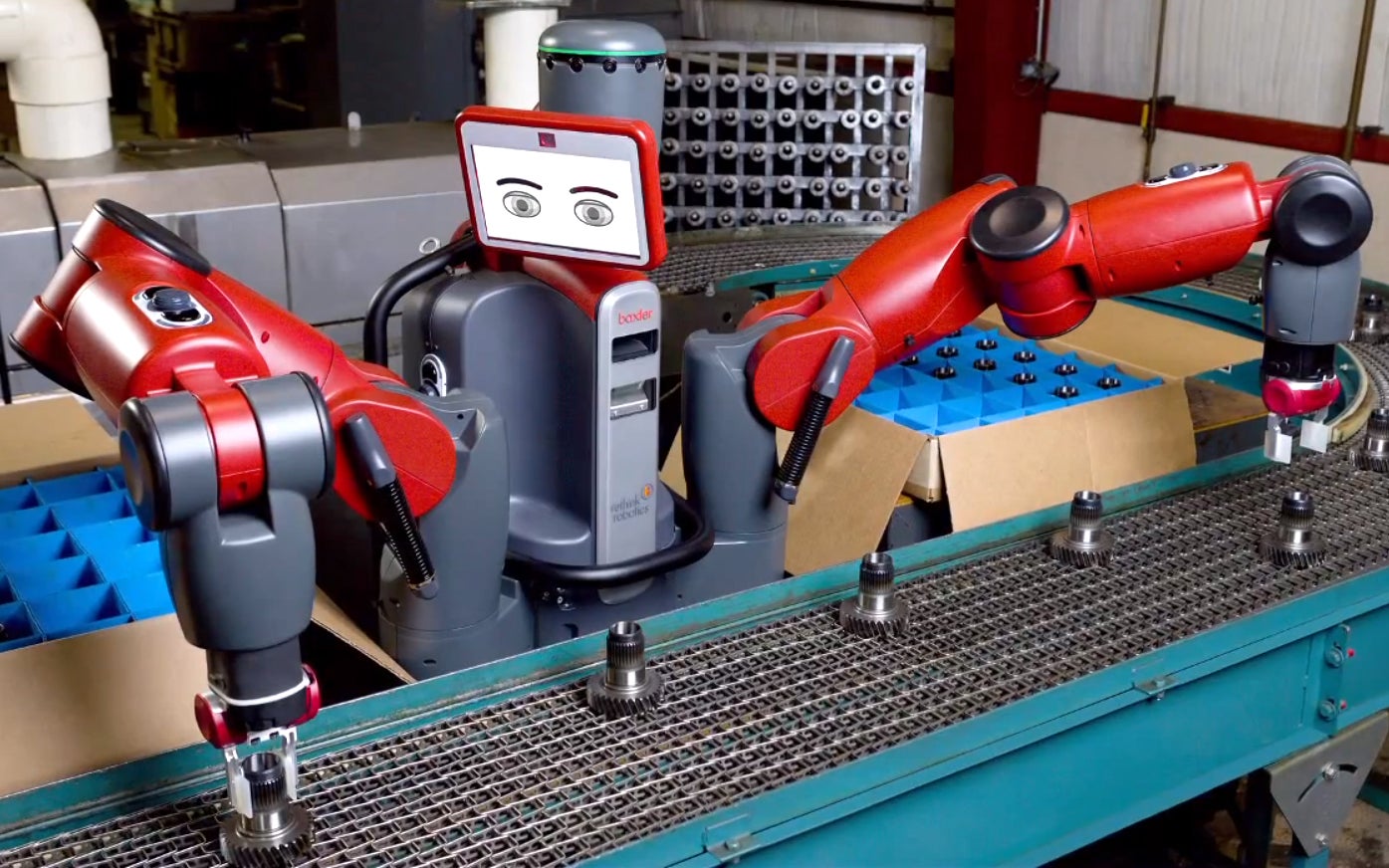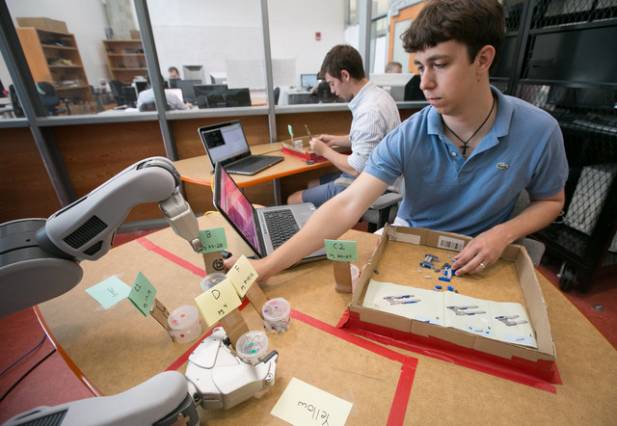Human workers aren't just happy to take orders from robots in the workplace - they prefer it
New study put humans to work with a robot assembling Lego models

Your support helps us to tell the story
From reproductive rights to climate change to Big Tech, The Independent is on the ground when the story is developing. Whether it's investigating the financials of Elon Musk's pro-Trump PAC or producing our latest documentary, 'The A Word', which shines a light on the American women fighting for reproductive rights, we know how important it is to parse out the facts from the messaging.
At such a critical moment in US history, we need reporters on the ground. Your donation allows us to keep sending journalists to speak to both sides of the story.
The Independent is trusted by Americans across the entire political spectrum. And unlike many other quality news outlets, we choose not to lock Americans out of our reporting and analysis with paywalls. We believe quality journalism should be available to everyone, paid for by those who can afford it.
Your support makes all the difference.Even the most optimistic of economic forecasters agree that robots are taking our jobs. Not all of them, certainly, and not overnight, but it’s happening, and with this in mind researchers have begun exploring a potentially touchy subject in the workplace of the future: what happens when a robot tells you what to do?
As it turns out, good things. A new study simulating a production line staffed by humans and robots has found that not only are we comfortable taking orders from robots, but that we actively prefer it, believing that robotic guidance increases efficiency and removes the problem of ego from the command chain.
“In our research we were seeking to find that sweet spot for ensuring that the human workforce is both satisfied and productive,” Matthew Gombolay, lead author on the study conducted by MIT’s Computer Science and Artificial Intelligence Lab (CSAIL) told MIT News. “We discovered that the answer is to actually give machines more autonomy, if it helps people to work together more fluently with robot teammate.”
The researchers came to this conclusion after setting up production line staffed by two humans and one robot (a human sized model on wheels with a pair of articulated arms known as the PR2) and tested three set-ups: with a human in charge of everyone; with a robot in charge of everyone; and with a robot in charge of just one human.

The second ‘fully autonomous’ set-up not only proved to be the most effective at the task at hand (putting together Lego models) but was the most satisfying for the two humans, with the robot deemed to be best suited to the task of scheduling the different steps in the assembly process.
However, there were many limitations to the study, with Mr Gombolay pointing out that human co-cooperation with robots very much depends on how the robots are perceived. In the case of this particular study, the robot involved appeared dextrous and vaguely humanoid (the arms are situated where a human’s would be and there’s a ‘head’ containing sensors) which may have led humans to feel happier under its command trust it more.
Speaking to Motherboard, Mr Gombolay added that this could have one of two outcomes: “People could inappropriately rely on a robot that is not capable of adequately performing a task,” or “people could also dismiss a system that could be incredibly beneficial if it does not appear intelligent.”
The researchers hastened to add that all the algorithms used by the robots to coordinate were written by human coders. So if you’re not happy about the idea of being told what to do by a robot, you better learn to code so you can tell a robot what to do.
Join our commenting forum
Join thought-provoking conversations, follow other Independent readers and see their replies
Comments